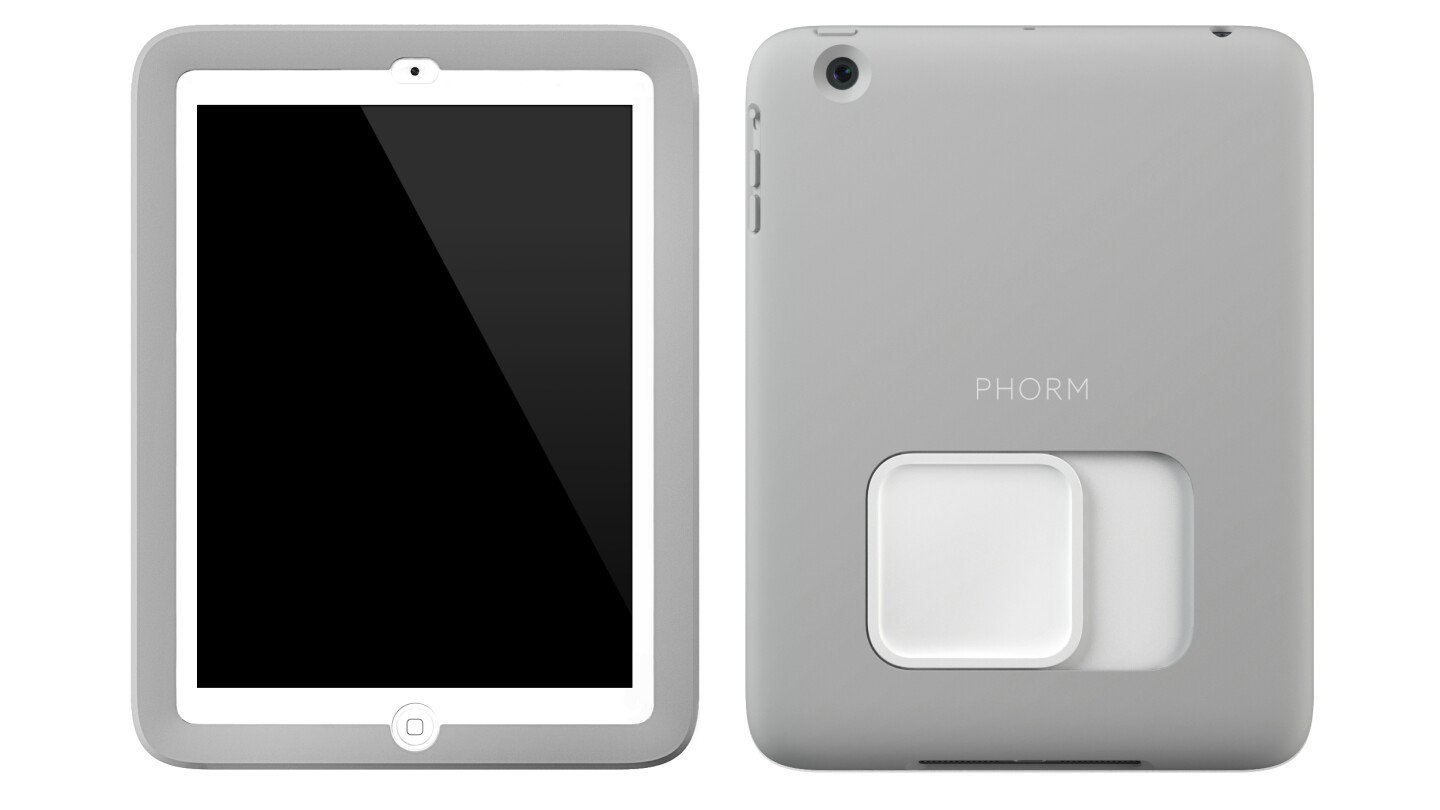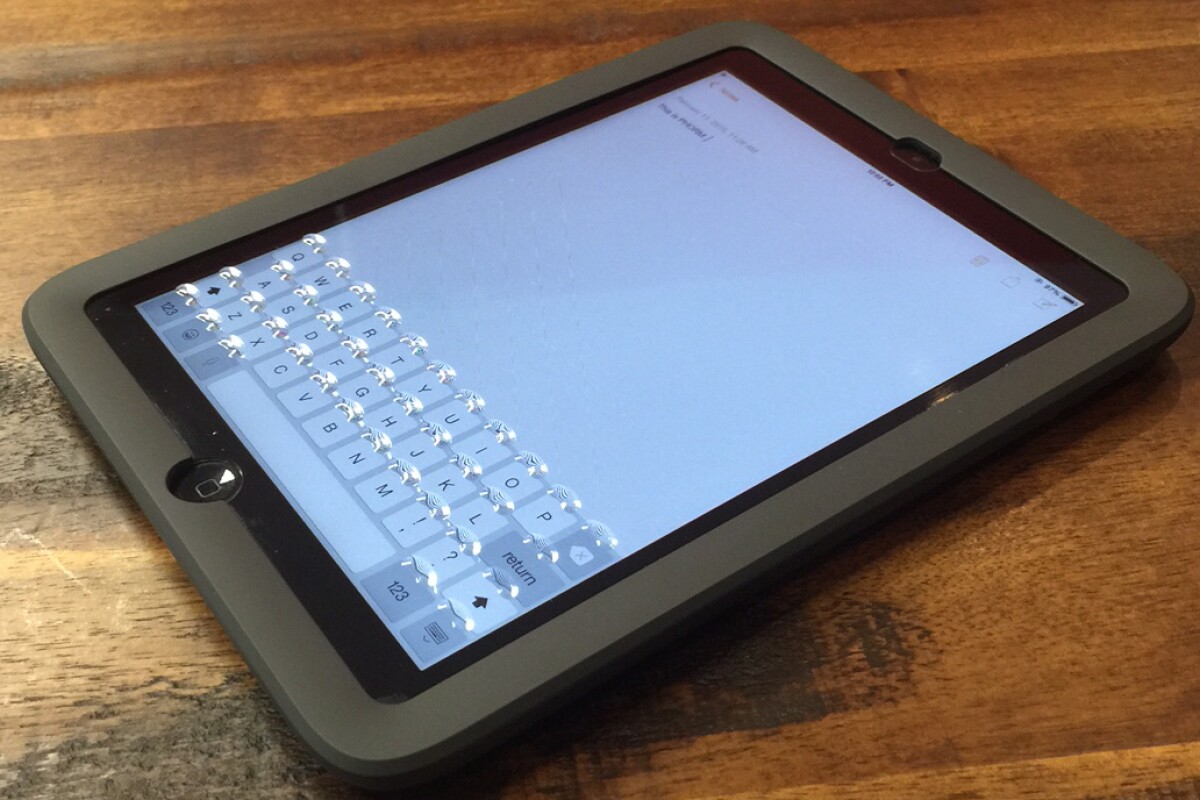Three years ago, California-based startup Tactus Technology unveiled a pretty nifty prototype – it was a touchscreen which featured clear round buttons that could rise up over top of the characters on a mobile device's virtual keyboard, giving users the tactile sensation of using a physical keyboard. When not needed, however, those buttons flattened down and the screen became entirely smooth again. Now, that prototype has become a product known as Phorm, designed for use with all versions of the iPad mini.
Phorm takes the form of protective case for the iPad, covering the tablet's touchscreen with a transparent touch-sensitive polymer screen of its own.

When a user wishes to type, they just move a slider on the back of the case. This pumps an optically-clear oil through microfluidic channels in the screen, ultimately causing the buttons to rise up out of the surface of the screen. Those buttons give a little as the user touches them, giving the sensation of pressing physical keys.
Once they've finished typing, the user just moves the slider back and the oil is withdrawn, causing the buttons to disappear.
The system is entirely mechanical, requiring no battery power. It currently only works in portrait orientation, as that provides the most usable screen space.
Beginning today, Tactus is taking pre-orders for a 30-day period, in order to gauge production demand. People ordering during that period can purchase a Phorm for US$99, as opposed to the planned $149 retail price. Shipping is expected to begin this summer (Northern Hemisphere). Devices for use with the iPad Air and iPhone 6 Plus is also in the works.
Phorm can be seen in use, in the following video.
Source: Phorm






